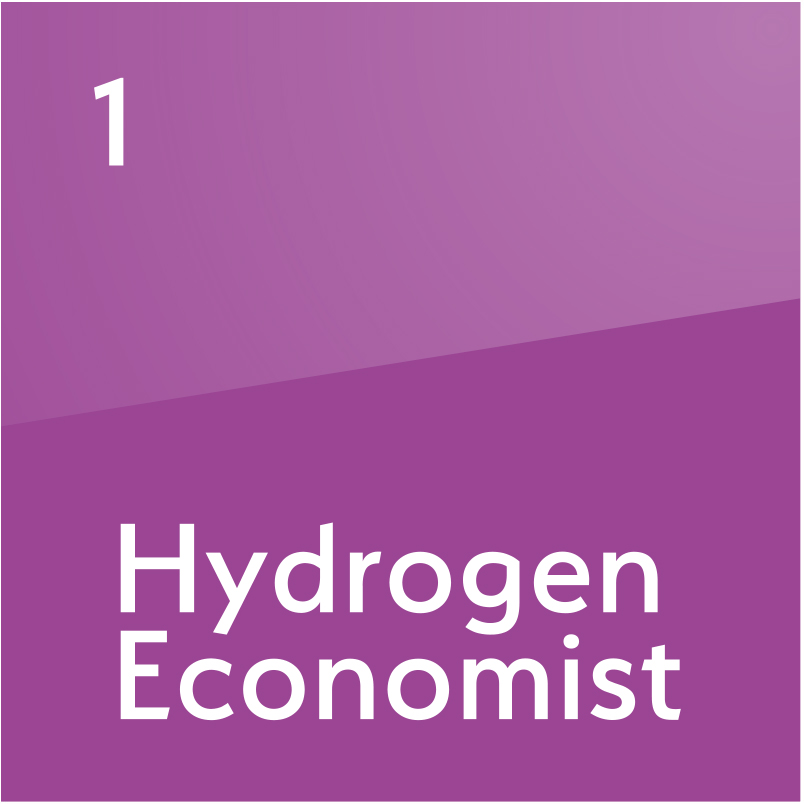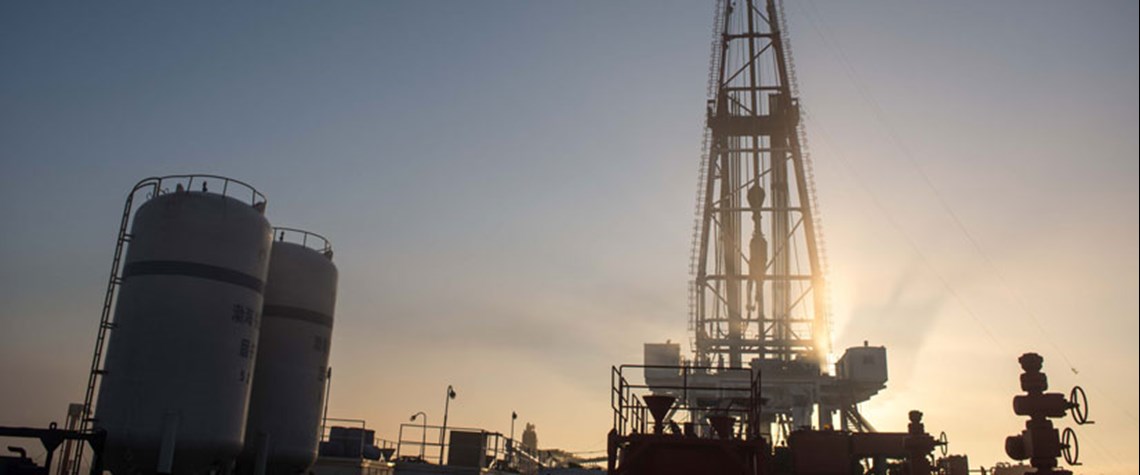Iraq’s upstream shows signs of life
Baghdad is once again looking towards much higher long-term capacity goals
Iraq’s oil production hit a ten-month peak of 3.9mn bl/d in March, as the Opec+ cuts with which the country has, admittedly reluctantly, largely complied with began to ease. And federal export revenues were their highest for a year, ever since the brief Saudi-Russia oil price war was followed by Covid-19. With more production curbs set to lift and the prospect of further revenue growth, Iraq’s oil minister Ihsan Ismaael looked to the future in late March. The country’s new goal is to hike nationwide capacity—including that controlled by the Kurdistan Regional Government (KRG) in the semi-autonomous north—by some two-thirds, to 8m bl/d, by 2029. 8mn bl/d – Baghdad’s 2029 output goal W

Also in this section
19 April 2024
Cairo’s currency problems have hindered investment, but Pharos sees considerable potential as Egypt emerges from crisis
18 April 2024
The Norwegian energy company is concentrating its efforts on specific regions and assets that meet strict cost and carbon criteria
17 April 2024
Uzbekistan and Kazakhstan provide opportunities after Europe turns it back, while also offering another gateway to China
16 April 2024
Commentators need to shake off the myths of the past, with rising oil prices a boon for US economy







